Editor’s note: This in-depth look at Ottawa’s rental market won a national Canadian Online Publishing Awards silver award for best service article in the business to consumer category.
Ottawa’s rental market is at a crossroads. It used to be that renting was seen as a stepping stone to homeownership, not the end goal. But in today’s atmosphere of rising interest rates, rising prices that put buying a home out of reach for many, and rising demand that exceeds supply, attitudes toward renting are shifting, particularly among mobile millennials in search of a more flexible lifestyle.
While we’re certainly a long way away from some European cities where lifelong renters are common, we are edging closer to acceptance of the idea.
Steve Pomeroy, a housing analyst who is the senior research fellow for the Centre for Urban Research and Education at Carleton University, polled his 22 graduate students last year, asking them if they thought they would ever be able to buy a house. None did. Then he asked how many would keep renting even if they could afford a home. About one-third said they would.
“That’s a huge cultural shift away from the mantra of (homeownership),” he says.
His observation is supported by Statistics Canada. The 2021 census shows about 36 per cent of Ottawa households are rentals, up from about 34 per cent in 2016.
In a press release this spring announcing the start of construction of a 189-unit Gatineau rental project called Mellem, developer Maître Carré calls it “the era of tenants,” putting an emphasis on the living experience for residents.
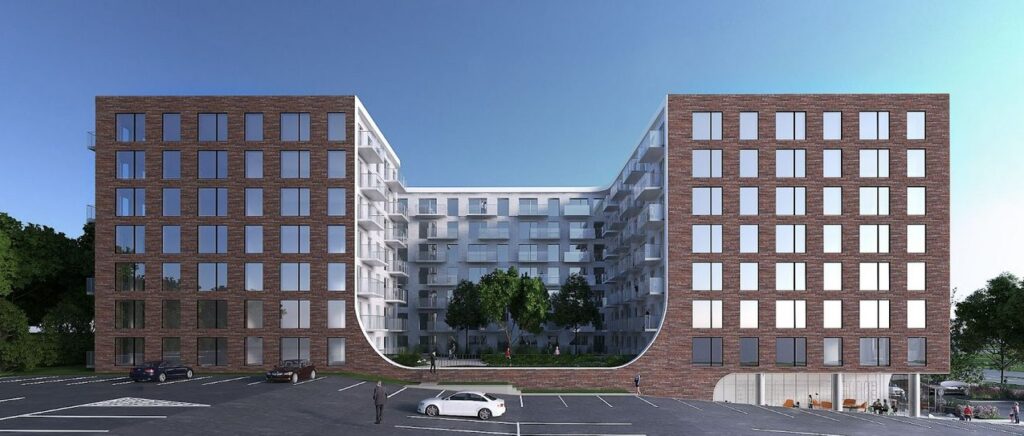
That’s also seen in the plethora of amenities found in today’s new-construction rental buildings — known as purpose-built rentals — giving them the feel of a high-end condo lifestyle without the cost of buying.
But all is not rosy in the rental world. Just as pressures are making buying a home more difficult for many, similar pressures are plaguing the rental market, forcing up rental prices, flattening vacancy rates and giving developers pause on the construction of new projects.
Against that backdrop, we look at where the Ottawa rental market is today, how we got here and what’s next.
Jump right to:
Snapshot of new-build projects
The rental market today
“It’s tight,” says Ken Dekker, president of the Ottawa Real Estate Board. While the board represents only a portion of the rental market, it is a window into what’s happening overall. Typically, over the last several years, he says, the board has seen two to three months worth of inventory, depending on the season. “Right now, we’re running one month of inventory, which if it was sales that would be an extreme seller’s market.”
We have a decent supply of new rental units coming into the market, with Pomeroy noting that prior to 2016, less than 10 per cent of our annual new construction in Ottawa was for purpose-built rentals; now it’s closer to 30 per cent.
But it’s not nearly enough, says Christian Szpilfogel, a mid-sized rental housing provider and developer who is also vice-president of the Ottawa Real Estate Investors Organization. He predicts we’ll continue to see a shortage of rental housing in Ottawa for the foreseeable future, in part because demand keeps growing.

In the past five years, Ottawa has seen about 10,000 new rental units added to the market, with 3,000 of them completed last year alone, says Lukas Jasmin-Tucci, an economist with Canada Mortgage and Housing Corporation (CMHC). In fact, 2022 was a record year for housing starts in general in the city, reaching 11,032, he says in CMHC’s Housing Supply Report. “This is the first time in more than 20 years that the share of starts accounted for by purpose-built rental and condominium apartments surpassed that accounted for by single-detached and row houses. Together, both types of apartments accounted for more than 50 per cent of housing starts in 2022.”
In an interview, Jasmin-Tucci notes this is significant because “it means that even though we’re seeing more rental being built in the city, we still have a low vacancy rate … there’s potential for even more construction.”
A perfect storm of factors is fuelling the demand, Szpilfogel says, from increased immigration and internal migration to lifestyle choices that are seeing empty nesters and baby boomers looking to downsize at the same time that millennials who delayed getting into the housing market and then got priced out of it are having to stay in a rental.
“Supply just hasn’t been able to keep up.”
And that has led to a decline in the vacancy rate to 2.1 per cent, CMHC says, returning it to tight levels that had alleviated somewhat during the pandemic when two big factors — immigration and employment — were disrupted.
Coupled with that, the costs to build have increased significantly, both in terms of construction costs and increasing interest rates that inflate financing costs, causing many developers to slow down or delay projects that would add more rental units to the market.

“What you see being built out is usually the high-rise buildings by mostly very well-funded developers … where, despite the increase in interest rates, we can still see the appeal,” says Michael Ivanich, director of property management for Richcraft Rentals. “However, what’s been happening is, similar to us, other developers, they’ve put on hold any new buildings to be built in the future; not all of them, but they’ve slowed down.”
All that forces up rents. “Rental rates in the area have gone up probably around 20 per cent since the beginning of the pandemic and still it’s increasing,” notes Ivanich.
In the past few years, we’ve seen a marked shift in developers pivoting from building condo towers to building purpose-built rentals, primarily because as it became more of a risk to build condos in a softening market, it became more appealing to build rentals instead, helped by the relaxing of provincial rent controls on new-build rentals that came into effect in late 2018.
It was “a case of seeing the return on investment increasing for rental versus development for sale,” says Justin Robitaille, who is vice-president of development for Dream Unlimited, the developer behind the expansive Zibi project that straddles the Ottawa River downtown. Zibi has shifted from an initial focus on condos to a current spate of rental buildings, including a second that’s about to open in Gatineau called Aalto II and the first on the Ottawa side, called Common at Zibi, slated for later this fall.
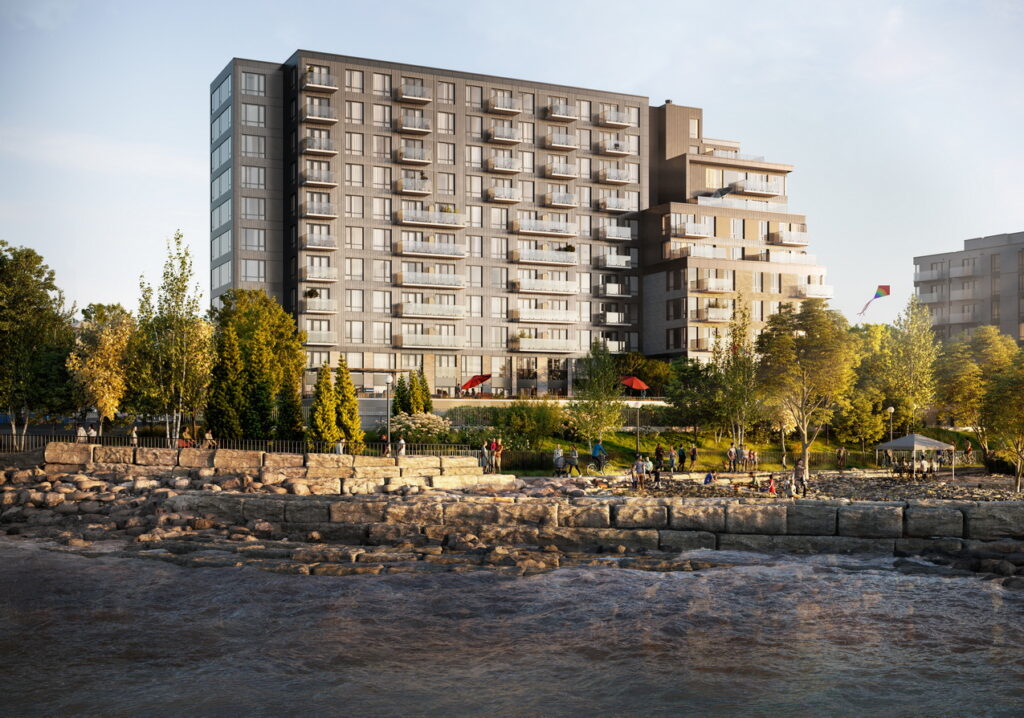
Claridge Homes, which has dominated in the condo and purpose-built rental market for several years, also took advantage of the changing market, says chief operating officer Shawn Malhotra. “We’ve always pivoted back and forth between financially what makes more sense between rentals and condos … in the last couple of years with the way the market conditions have been, we pivoted back to purpose-built rental for a lot of our projects.”
A prime example is Claridge’s Hintonburg project, which launched as a condo building in 2021 before being pulled off the market last September and later reintroduced as a rental tower.
Race to the top
“Right now, what tenants are seeing is a race to who can provide the most amenities in all these high-rise developments, where you’re seeing pet wash stations and e-sports gaming lounges,” says Ivanich, noting one of Richcraft’s projects even has a dog park on the roof. “There’s a race to the top as far as amenities are concerned.”
Malhotra says that in a very competitive market, “these are getting to be the norm … Location’s one thing, but it comes down to lifestyle and amenities that people are seeking out in general, so we definitely are putting more and more time and emphasis on what we are offering our renters.”
Amenities and unit finishes are mirroring or sometimes exceeding condo specifications today, says Robitaille. “We’re seeing a lot of new rentals that are positioning themselves as really upper-luxury condo-type living,” something he expects we’ll continue to see as rent increases accelerate.

However, not all renters want all the amenities, Ivanich says. Richcraft, which also builds low-rise purpose-built units, including much of its Mapleton development in Kanata, has found some renters moving out of amenity-rich buildings with their higher rents in favour of one of its more affordable all-inclusive back-to-back townhomes.
Shrinking units
That race to the top of the amenities heap is happening because developers are squeezing the size of the actual rental units “so that the person’s personal life is less and less about having your guests or your residents come to you and more and more about being social either within the building or within the community,” says Ivanich. “I see that densification is going to make us look a lot more like Toronto in the decades to come.”
Housing analyst Pomeroy, who is a renter himself, compares his 1960s apartment to new ones today. “I’ve got tons of closet space and my closet would be bigger than most of the bedrooms in the newer units,” he notes. “They have really scaled down, quite considerably, and maybe that’s good; maybe they’ll force us to become a more minimalist society.”
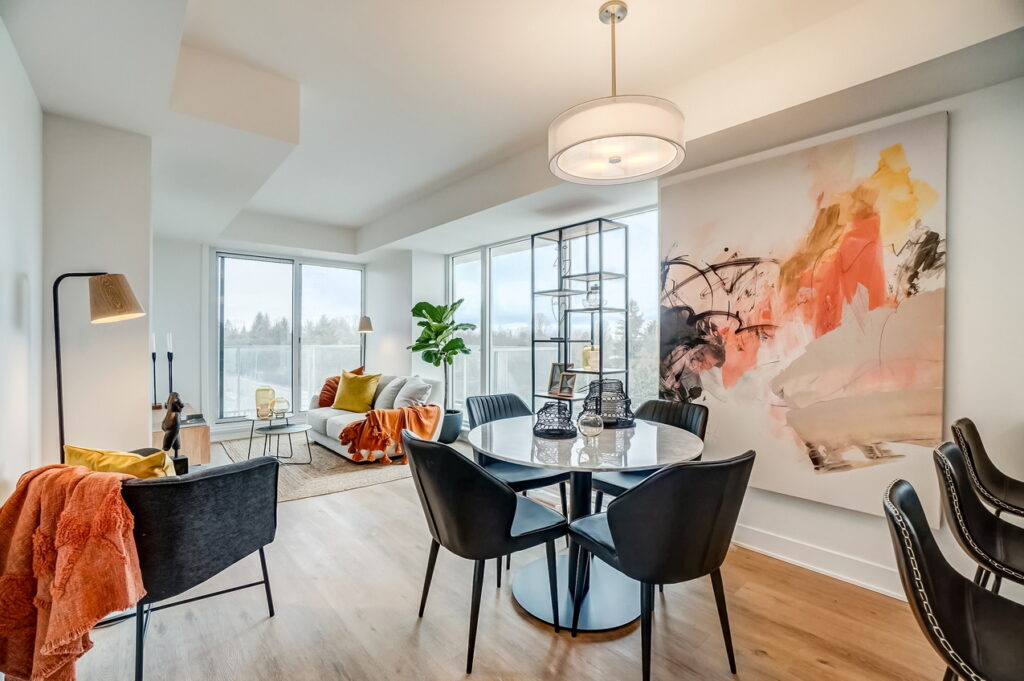
Today’s open floor plans give the feeling of more space, he says, “so we’ve compensated for less space with more spacious design.”
Malhotra blames increasing construction costs that force developers to find ways to make a building viable. “I always joke and call it a Toronto-style model where we definitely are trying to become more efficient,” he says. “But it has to be logical, it has to make sense, it has to be attractive to people at the end of the day.”
Jessy Desjardins, who is vice-president of development and conception at Brigil, feels units are adapting to different needs yet concedes the high cost of building is pushing developers to look at ways to keep the price point where renters can afford it. “But there’s still demand for some large apartments.”
How we got here
In March 2021, real estate investor Szpilfogel took a deep dive into the history of Ottawa’s rental market and created a series of six articles exploring the topic.
“I wanted to understand why we got to where we are because a lot of the policies I see our various levels of government doing look like they were largely Band-Aids to current problems,” says Szpilfogel.
His research, which was vetted by lawyer John Dickie, who is president of the Canadian Federation of Apartment Associations, traced the origins of today’s rental landscape to three key developments:
- the Condominium Act of 1967 in Ontario
- the 1972 reformed Income Tax Act and the introduction of the capital gains tax
- rent controls introduced in 1975
Also contributing to the situation was the earlier introduction by CMHC in the 1950s of homebuyer insurance, which made it easier for people to buy their own homes and thus allowing the secondary sector (or mom-and-pop investors) to flourish and pick up the slack left behind in the primary sector.
“The condo act itself wasn’t the issue per se, but when the tax reform act of 1972 happened, then the business case associated with building apartments got worse,” he says. “Anybody who was doing real estate development started to shift to condo development instead because it was an easy out … From 1972-1975 we went from 40,000 rental apartments being built per year (in Ontario) down to 10,000. That shift was monumental.”
When the supply came down, vacancy rates dropped from an average of six per cent before 1972 — “which is a very healthy balanced market,” he says — down to about one to two per cent by 1975. “And it’s been hovering around the one to two per cent mark since 1975.”
The plunge in vacancy rates prompted the introduction of rent controls to limit how quickly rents could increase (and prevent price gouging), with the province eventually settling on a policy called vacancy decontrol that allows landlords to reset the rent to market rates between tenancies, but limits annual raises during a tenancy to 2.5 per cent — which doesn’t keep pace with inflation and which can create shock for a tenant who is coming out of a rent-controlled unit and re-entering the market.

As developers shifted away from purpose-built rentals, a secondary level of landlord, the mom-and-pop small investors who could now more easily afford to buy an investment property, sprang up to help fill the void, to the point where Szpilfogel’s analysis shows that small investors now make up about 70 to 75 per cent of the rental market’s landlords.
However, “the small landlords who have been picking up the slack since 1972 are under a significant amount of pressure with things like rent controls and with delays in the Landlord and Tenant Board,” he says. (The board, which provides dispute resolution for landlord and tenant issues, had a growing backlog of cases pre-pandemic that turned an average 30-day process into eight to 12 months. The province is tackling the issue and wait times are coming down, but the backlog still exists.)
About a decade ago, the purpose-built rental market picked up again and in the last five years there have been an average of almost 2,000 units built, says CMHC’s Jasmin-Tucci. Claridge, for instance, has five rental buildings under construction.
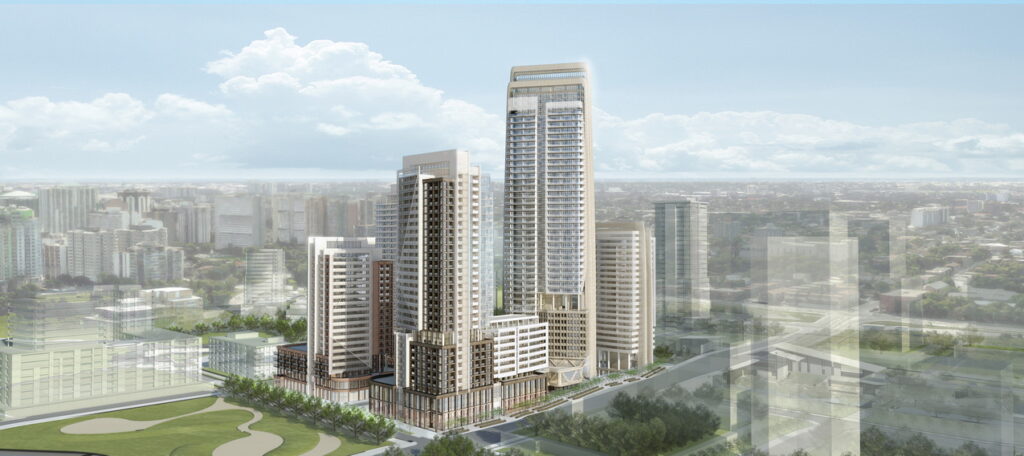
Where is the rental market headed?
Because the supply can’t meet the demand, “there’s still going to be a shortage of rental housing in Ottawa for the foreseeable future,” says Szpilfogel.
Brigil, which is a big player in the purpose-built rental market, is determined to do its part, targeting a goal of building 1,000 to 2,000 units a year. “With the rise of costs and interest rates, we looked at the big picture and reassessed things, but we’re going forward with a lot of new projects because there’s a lot of demand and we know it’s our duty to fulfill that demand because the housing crisis right now is pretty intense and we expect it to keep going in that direction, so the more we build the more we can alleviate that pressure,” says Desjardins.
It’s important not to forget about the small landlords as well, says Szpilfogel, and we need to come up with clever ways to create incentives for them. “They can be a huge part of the solution,” because they’re more agile than big developers and they are plentiful. “I think that’s one reason the province put a lot of effort toward secondary dwellings in houses, accessory dwelling units.”

For the foreseeable future, Malhotra expects rentals to be a viable option for builders, especially with interest rates continuing to climb, as they did again on June 7. “We see the wave lasting for awhile.”
The era of tenants
The shift in attitude toward renting has been building for close to a decade.

When Brigil built its rental tower 460 St. Laurent about eight years ago, the high-end amenities were a novelty. Brigil was tapping into the demand of young retirees or empty nesters who were “looking for an option that was more palatable than retirement homes,” says Desjardins.
That demand has since broadened.
“I think now people are realizing they don’t need to own their homes to have security,” says Desjardins, who is a renter himself. “There’s rent control so that when they rent, they have access to a home, they have somebody who maintains it, they can focus on doing the things they love.”
While Szpilfogel generally agrees attitudes are shifting, he thinks that shift will be slow. Comparing attitudes here to rent-heavy Europe, he notes that there they view a tenancy as a utility, just like hydro or water. “Whereas a lot of people in Canada think that the great Canadian dream is to own a house and renting is a stepping stone to owning.”
Yet ownership is on the decline. Nationally, the homeownership rate went down for the first time ever after 2016 from 69 per cent down to 66.5 per cent, he says. For Ottawa, the decline was a bit less — down to 65.7 from 66.7 per cent, says Jasmin-Tucci — but it still “reflects the fact that we’re seeing this constrained access to homeownership,” says Szpilfogel.
Until recently, the idea of homeownership wasn’t well above the grasp of the average family in Canada, says Ivanich.
“We’ve gone beyond that; it is becoming a renter’s (market). But is it a question of we’re getting into this more mature environment where we’re heading towards what Europe is like?” He shrugs. “I don’t know.”
Advice to renters
Don’t delay, says Desjardins. Rental rates will keep climbing so the sooner you can enter into a lease, the sooner you can keep those increases to a minimum.
He also points out that purpose-built rentals can have some interesting inclusions, such as one monthly bill that includes things like internet and hydro. “That’s something we focus on.”
New buildings today are offering more amenities and higher quality finishes, says Malhotra. “The bar has been raised across the board for all of us building new.”
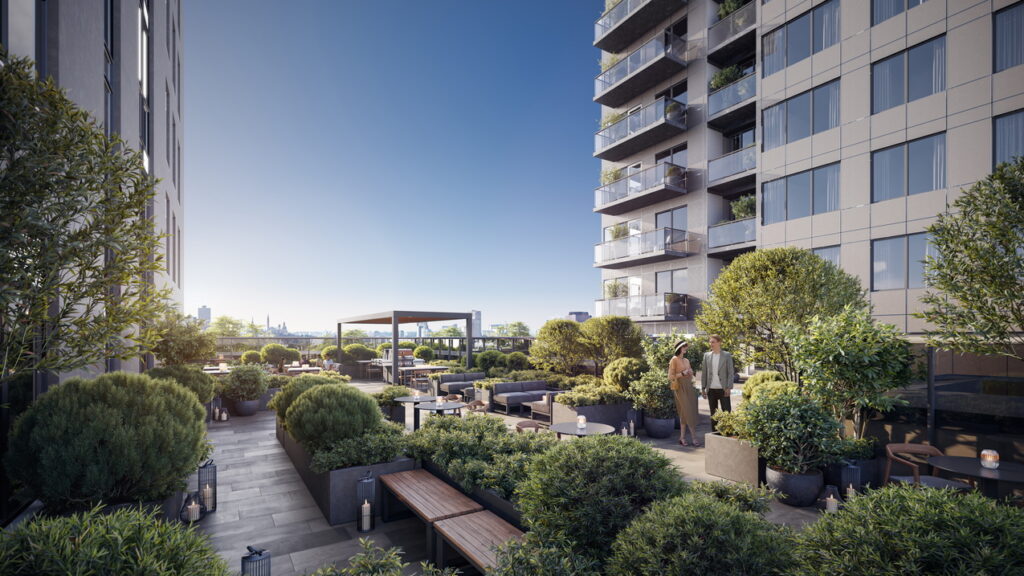
Don’t expect a lot of availability, says Robitaille. “Often what you’ll need to do is really plan early, so register to be on a wait list for a new project that’s launching for lease because what we’re finding is absorption is going quickly and if you’re late to the game on a launch you might be out of luck on the unit that you’re looking for.”
Being prepared will also help, says Dekker. If you’re applying for a unit, come with your letter of employment, current paystubs, a full credit check (not just a credit score) and, if you can, a letter from your current or previous landlord. “All those things will help a tenant significantly, especially when many landlords are looking at three, four, five applications and they’re picking the best ones.”
He is occasionally seeing prospective tenants get into bidding wars, including upping the rental price they’ll pay, just like in sales, to improve their chances, with some tenants offering cash up front. A landlord can’t ask for more than a one-month deposit and first month’s rent, he says, but tenants can offer. “Sometimes that’s what the new-to-Canada people are doing because they come with a fair bit of cash, just no credit history.”
You can expect to pay a minimum of about $1,700 for a new-build one-bedroom in Ottawa, says Szpilfogel. With the cost to build now, that’s what it will take for the developer just to break even. “You can get cheaper apartments, but they’re depreciated, there’s lots of issues with them.”
CMHC’s Housing Supply Report puts the average rent for a two-bedroom in a purpose-built rental at $1,625 and the average for a two-bedroom condo apartment (meaning it’s a unit that’s been bought by an investor and then rented out) at $2,075.
Pomeroy encourages renters to opt for a purpose-built rental building because it will offer better security of tenure. He cites data that came out recently showing that, across the country, 57 per cent of what are called no-fault evictions were from small landlords requiring the unit for themselves or who had sold the unit and the new purchaser wanted to move in, something that’s unlikely in a purpose-built rental building.
Final thought
“Ottawa, Gatineau and the rest of Canada are “at a pretty crucial point that is going to define the way our cities are going to evolve in the next 10 to 15 years,” says Desjardins. “If we want to really have strong cities that are economically, socially and environmentally sustainable, we really need to focus on how to create a city where we meet the needs of people — so good transit, good green areas and good culture. And if we keep focusing on those aspects, we will be able to create a sense of place for people in our city. It’s definitely an interesting time to be in the business.”
A quick look at new projects
In May, All Things Home launched an interactive map of new-build rental projects that lists several of Ottawa’s current projects and that will continue to grow as new projects are added.
Here are a few projects that have also popped up on the radar recently:

Name: Aalto II, 11 storeys
Developer: Dream Unlimited
Location: Zibi in Gatineau
No. of units: 148
Occupancy: September
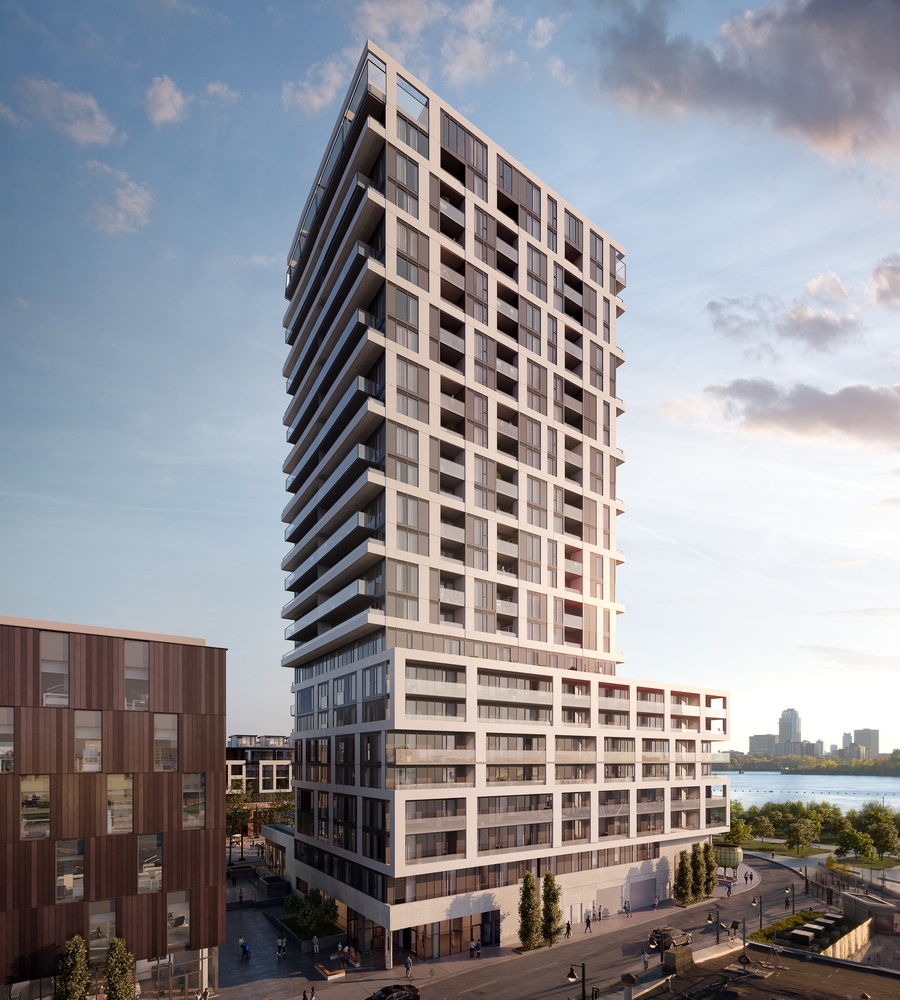
Name: Common at Zibi, 25 storeys
Developer: Dream Unlimited
Location: Zibi in Ottawa
No. of units: 207
Occupancy: Late fall
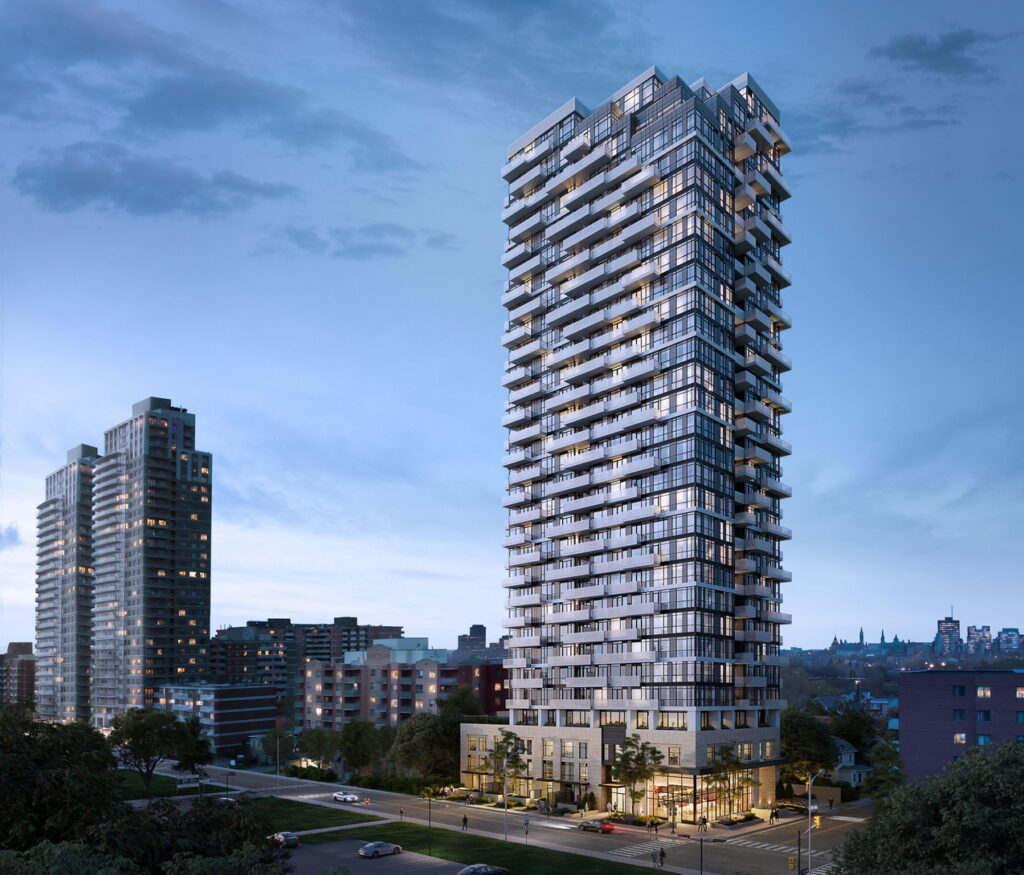
Name: Parkdale Collective, 31 storeys
Developer: Richcraft
Location: Hintonburg
No. of units: 279
Occupancy: November 2024
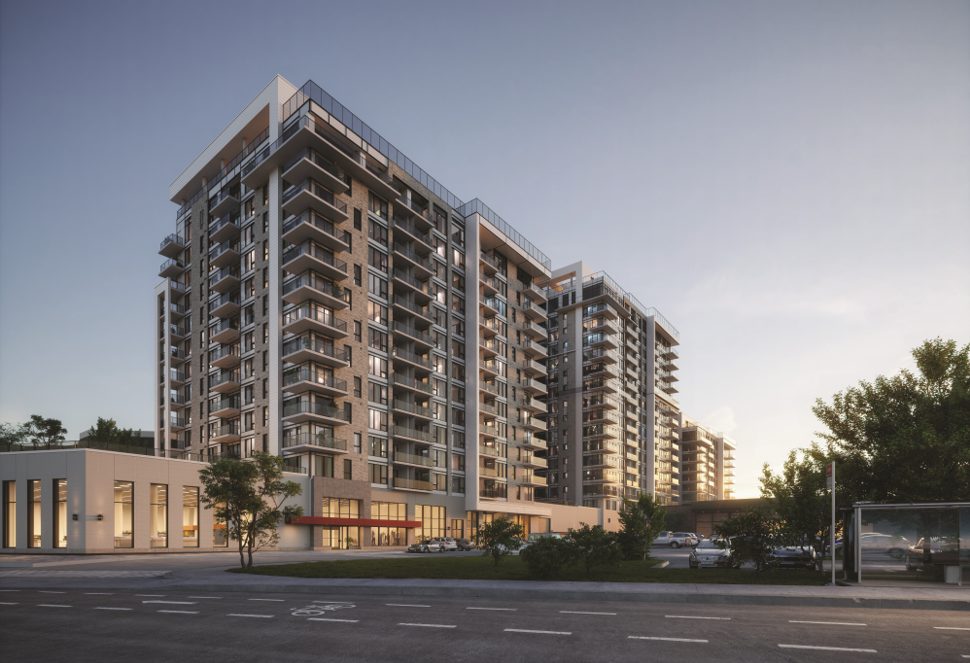
Name: Baseline Tower 2, 17 storeys
Developer: Brigil
Location: Qualicum
No. of units: 179
Occupancy: Fall 2024
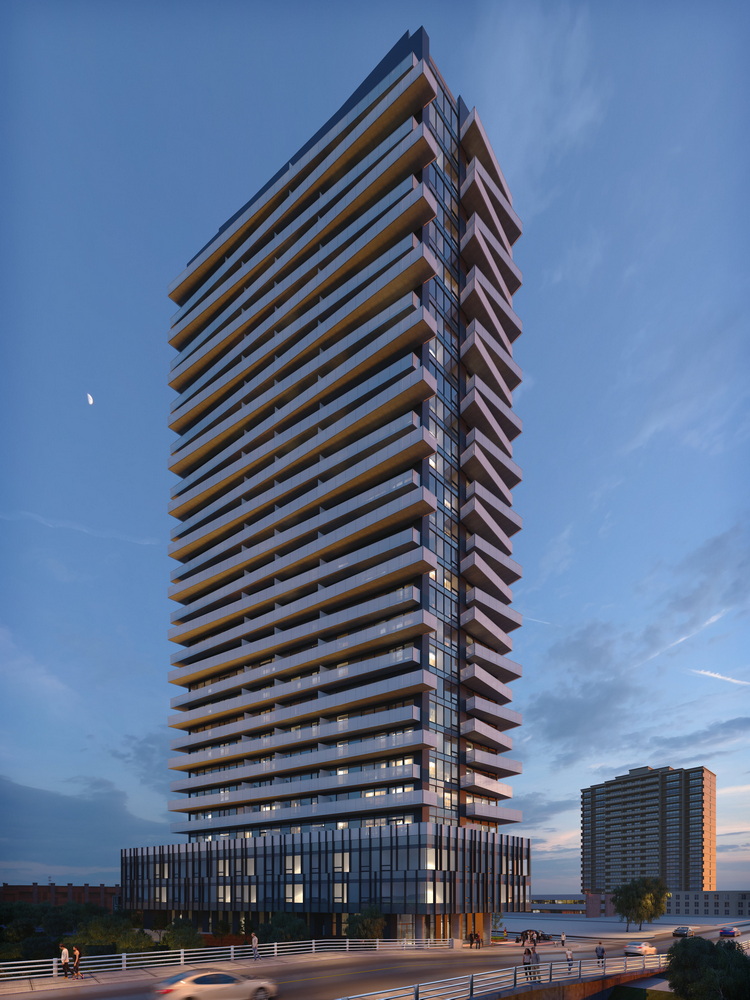
Name: Claridge Hintonburg, 30 storeys
Developer: Claridge Homes
Location: Hintonburg
No. of units: 272
Occupancy: Late 2025/early 2026

Name: Claridge LeBreton, 30 storeys
Developer: Claridge Homes
Location: LeBreton Flats
No. of units: 319
Occupancy: Spring 2025
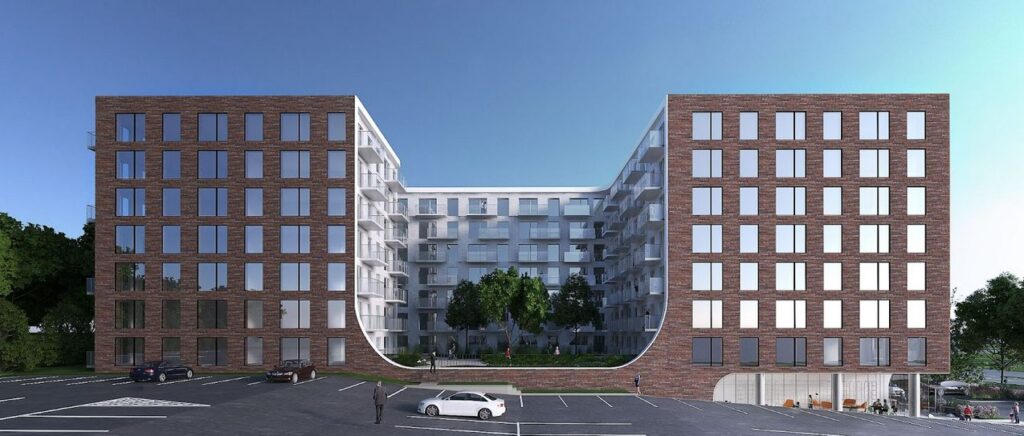
Name: Mellem
Developer: Maître Carré
Location: Manoir-des-Trembles-Val-Tétreau, Gatineau
No. of units: 189
Occupancy: Fall 2024

Name: The Level at Bells Corners, 5 storeys
Developer: Rohit Group
Location: Bells Corners
No. of units: 51
Occupancy: August 2024







